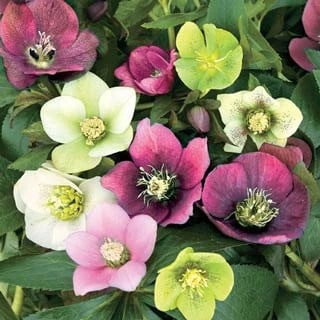Best plants for early spring pollinators – 5 nectar-rich species to support bees and butterflies, plus expert advice on how to grow them
Adding one or more of the best plants for early spring pollinators is a must for any budding wildlife gardeners
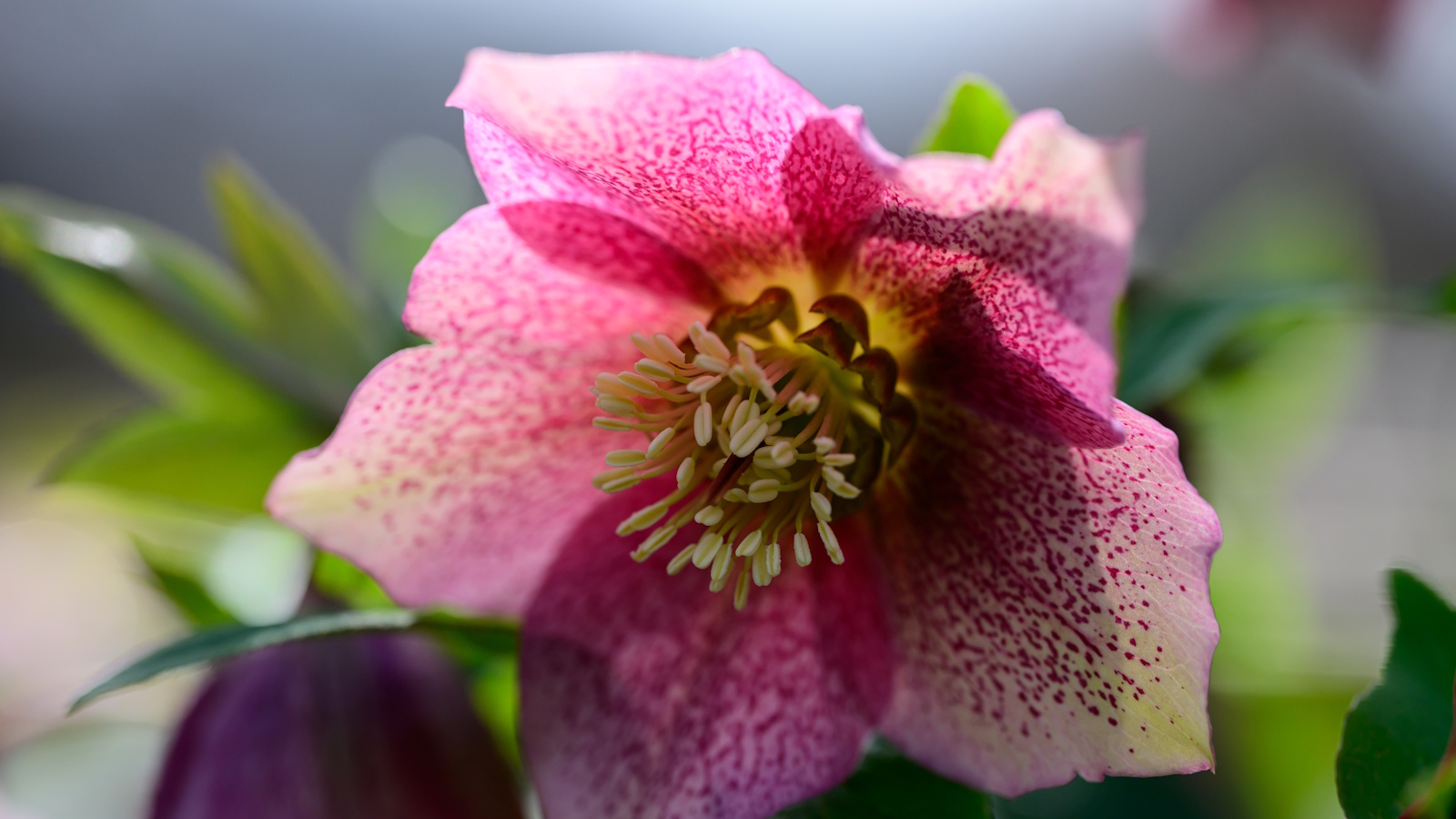

There is something special about those first flowers of spring. Small moments of beauty and calm before the rush and chaos of the growing season. When working as a professional gardener, the site of crocus flowers was enough to lift the spirits - their dew-soaked flowers a reminder that the seasons are soon to change.
Crocus blooms and many flowering plants add more than just beauty to backyard, however, they are also vital lifelines for early-to-rise spring pollinators. Choosing nectar-rich plants for your plot can make all the difference during this challenging, and lean, time.
From pretty-in-pink hellebores to an unusual native barberry from California, we have put together a list of five of the best plants for early spring pollinators. So, whether you are filling flower beds or adding pots to the patio, these spring flowering plants will not only bring color, charm and life to your garden.
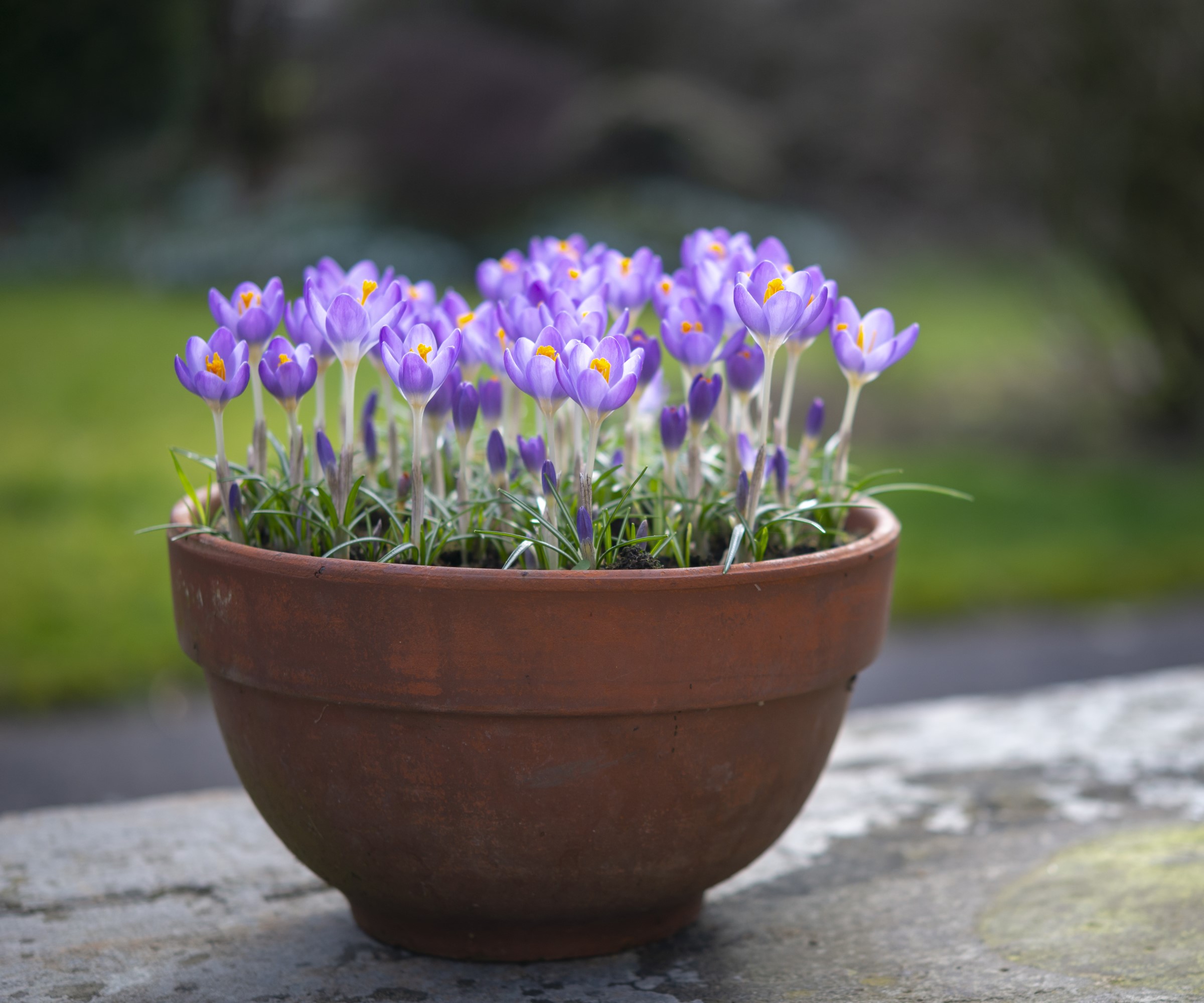
Best plants for early spring pollinators
Waking up early in spring can be both a blessing and a curse for pollinators. While there is certainly less competition from other insects, there are fewer plants for pollinators during this time.
As gardeners, we can give bees a helping hand by ensuring that we have a selection of early-flowering plants. Here are five of our favorites, as recommended by plant experts from across North America.
1. Hellebores
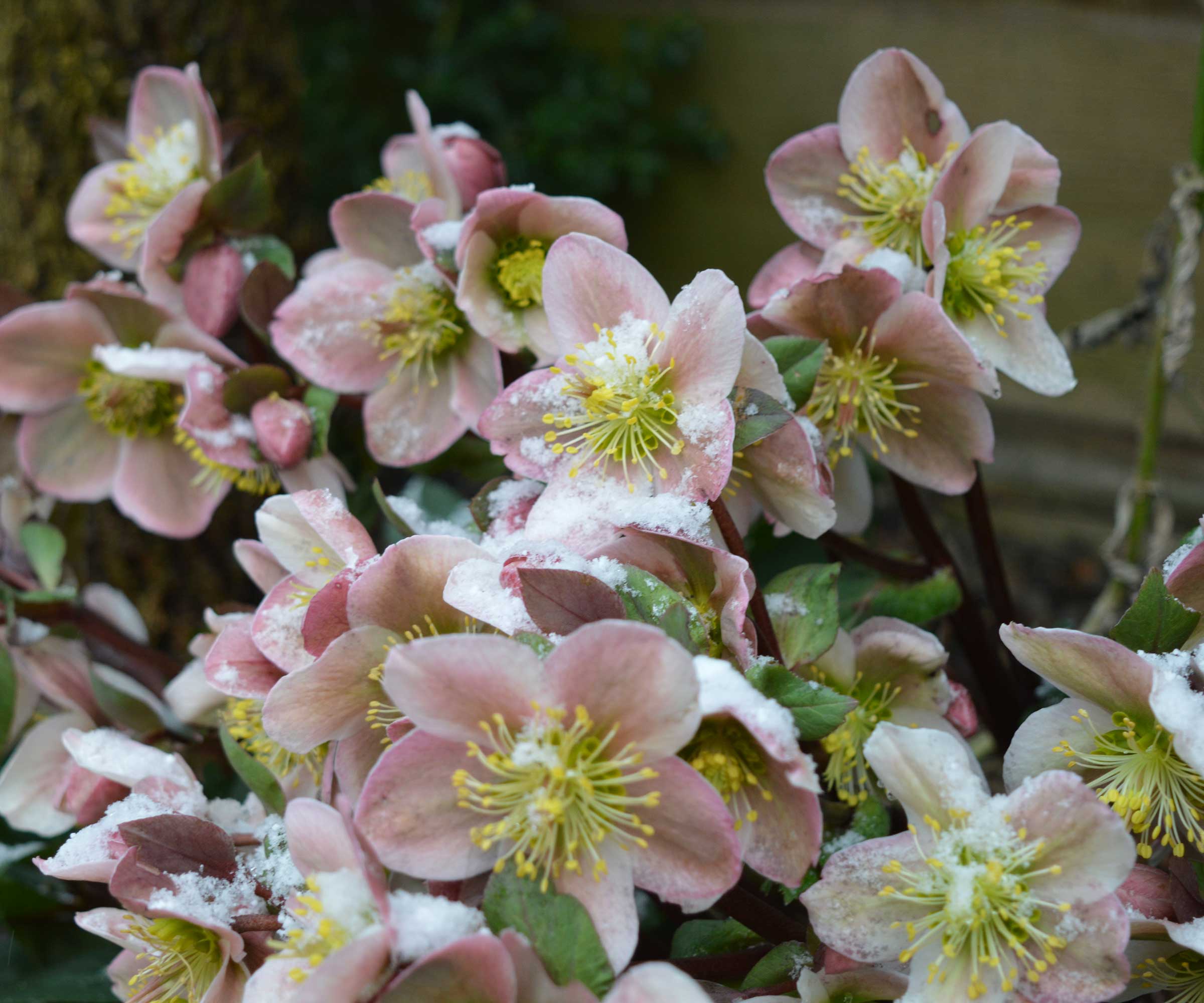
One of the finest plants for early spring pollinators, hellebores can provide color and nectar for insects from December through to March. Hellebores are part-shade perennials, thriving in woodland beds with dappled light. While they can handle full shade, a little sunshine during winter can help them on their way.
There are many different hardy varieties, such as the well-known Lenten rose, or Helleborus orientalis, which can be grown down to US hardiness zone 4 with a preference for moist but well-drained soil. For an elegant, speckled variety, try growing ‘White Spotted Lady’, which has pale petals with a rich crimson fleck. Live hellebore plants are available from Walmart.
In terms of when to prune hellebores, the trick is finding just the right time before the flower buds emerge. 'At Juniper Level Botanic Garden, we typically begin pruning the old foliage of hellebores in January and February just at the moment the flower buds begin showing color,' says Doug Ruhren, garden expert and curator at Juniper Level Botanic Garden near Raleigh, North Carolina.
'The flowers of hellebores are long-lasting and can remain attractive into late spring,' Doug adds. 'As the flowers age, they will typically change color, from white, pink or red to green or mauve. When the flowers begin to become unattractive, the whole flowering stalk can be removed at ground level.'

Doug is Garden Curator at Juniper Level Botanic Garden near Raleigh, North Carolina. After completing his studies at Rutgers, Doug worked at Chatwood Estate, Montrose Gardens, Daniel Stowe Botanical Garden, and The American Camellia Society headquarters. Doug is responsible for most of the plant collections and planting decisions, advising garden maintenance staff, and heading up many of our educational efforts.
2. Crocus
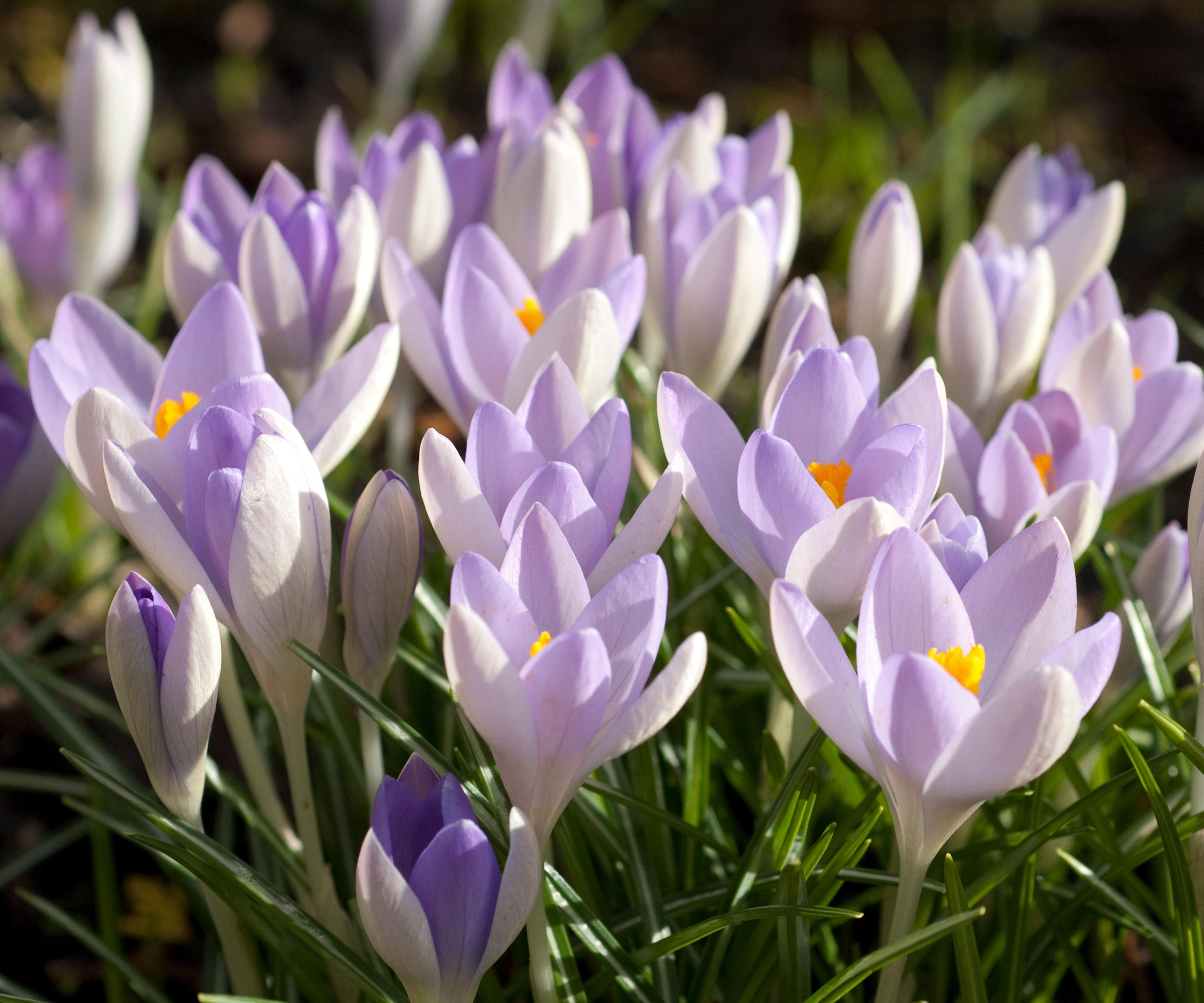
One of the first flowers to emerge in winter and early spring, crocuses provide an essential nectar source for early pollinators. Planting crocus bulbs tends to happen in the fall months, but you can usually buy live plants with shooting bulbs from garden stores and nurseries.
There are hundreds of different crocus options to choose from, although one of my favorites is Crocus tommasinianus, an early spring flowering option with lilac blooms. Hardy down to zone 3, plant this species in full sun for an impressive spring garden display. Crocus tommasinianus bulbs are available to order from Walmart.
Once established, crocuses require little maintenance and will naturalize over time, creating colorful drifts that look spectacular when seen en masse as part of a bulb lawn.
For a winter-flowering option, try growing Crocus sativus, otherwise known as the saffron crocus, with bulbs available from Amazon. And, given the high price, learning how to grow saffron might be the best investment you make this year. Growing best from zone 6 to zone 8, saffron flowers are a nice and unusual touch to garden borders during November, December and January.
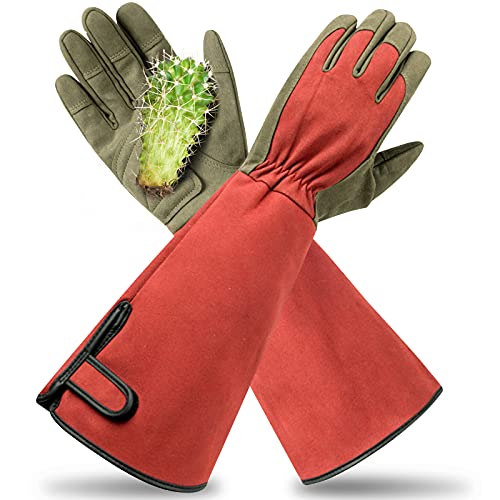
These long-sleeved gloves are tough yet flexible, keeping your hands and arms safe and warm during spring in the garden.
3. Cowslips
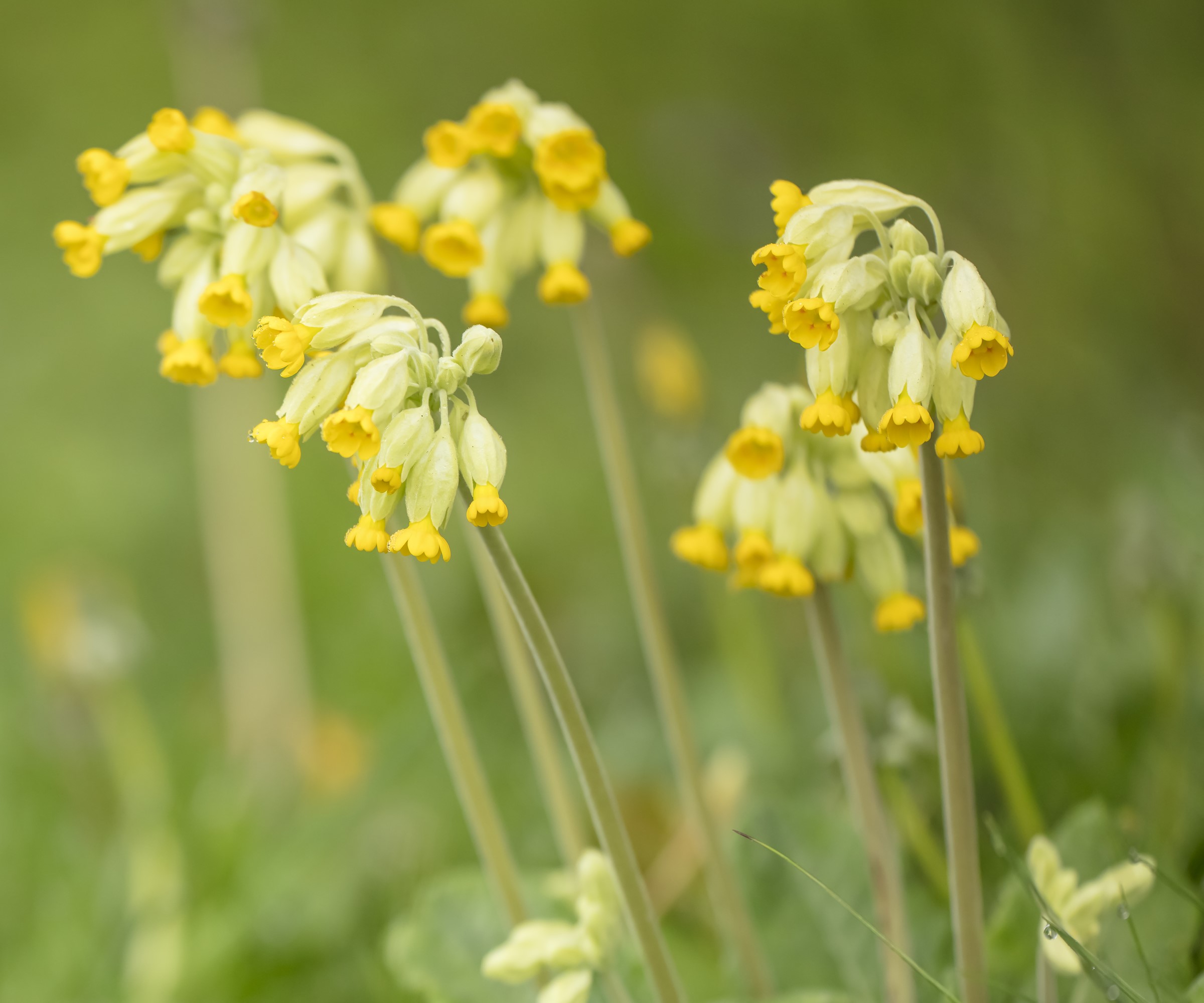
If you are keen to add a wild gardening touch to your yard, cowslips are perfect plants for early spring pollinators. These wildflowers are native to Europe, and can often be seen growing on grass banks and underneath trees during the early months of the year.
Growing best from zone 4, cowslips, or Primula veris, prefer moist, well-draining soil in partial shade but can tolerate sun in northerly regions. They have semi-evergreen rosettes that work well when planted under shrubs and trees, and from late winter, tube-shaped yellow blooms emerge.
Cowslip seeds, available to order from Amazon, can be sown in fall directly to part-sun-part-shade beds. Alternatively, add this job to your spring gardening checklist and sow in seed trays under cover from March for blooms the following year.
4. Nevin's barberry
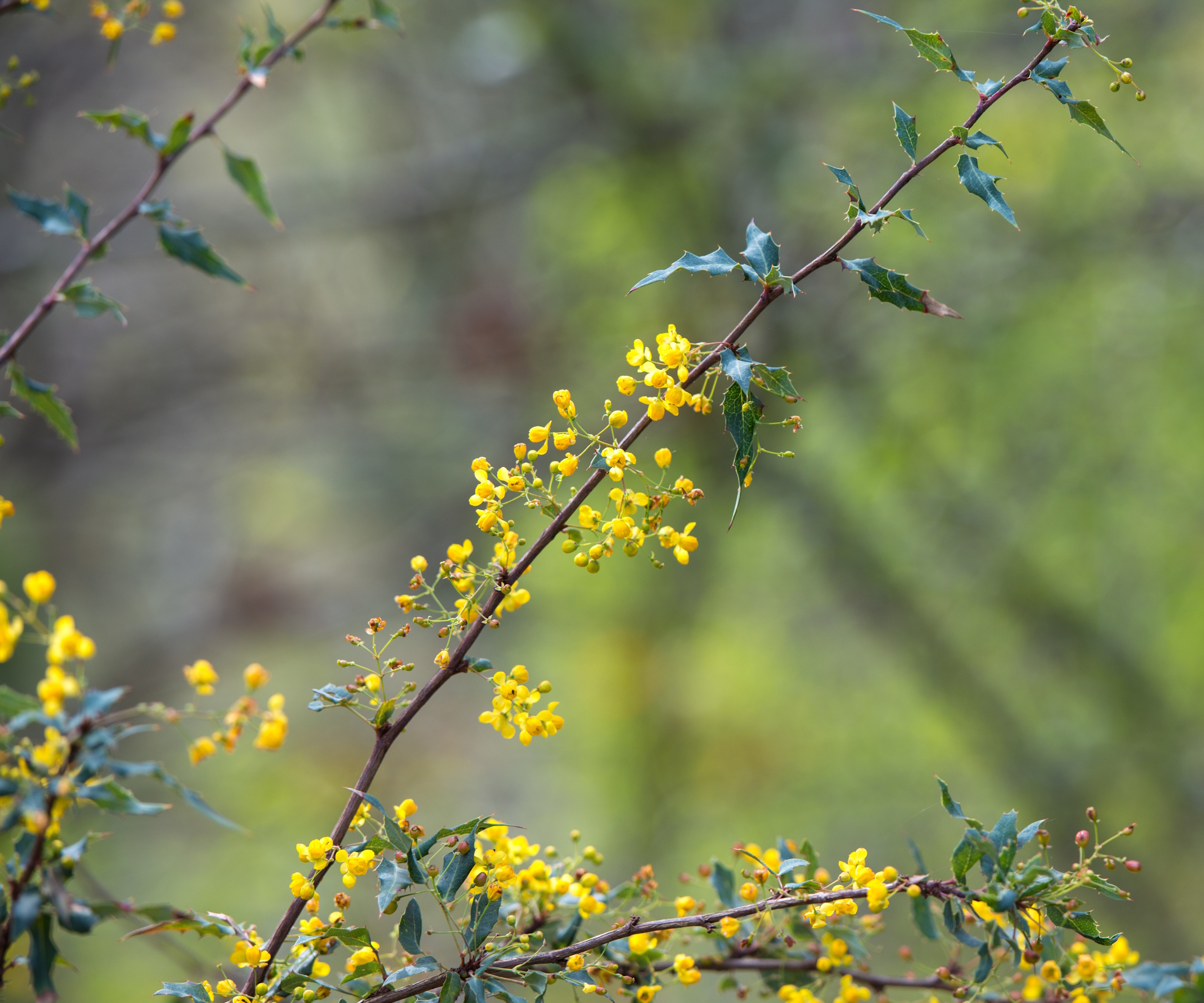
'Nevin's barberry, or Berberis nevinii is a rare species that is endemic to Southern California,' says Terry Huang, plant expert and Director of Living Collections at South Coast Botanic Garden in the Los Angeles area.
'Hardy down to zone 5, this rare native evergreen shrub is often considered endangered due to its small, isolated populations,' Terry says. 'This barberry is typically covered in a profusion of yellow flowers in early spring followed by an abundance of orange-red berries.
'Its bluish narrow leaves provide interest year-round when not in flower or fruit,' Terry says. 'While hard to come by, specialist nurseries will stock this adaptable species. And, altough it is a tough shrub, it doesn't mind supplemental water in summer.'

Terry Huang is the Director of Living Collections at South Coast Botanic Garden in the Los Angeles area. He loves to share his passion for plants by finding creative ways to make botany and horticulture fun and accessible for all.
5. Wild geranium
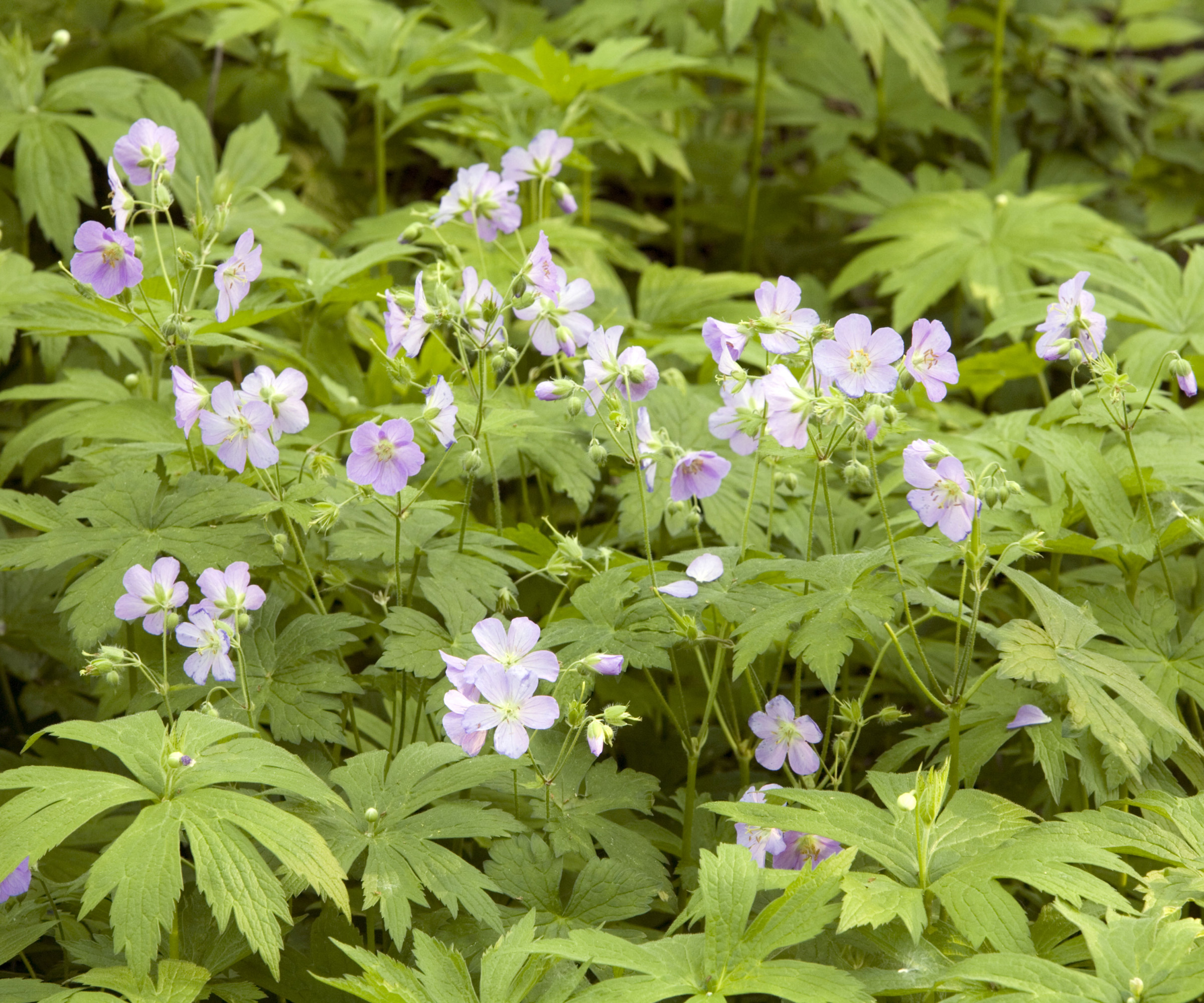
'When thinking about pollinators, it is best to keep it native,' says Bert Bast, garden expert and owner of Bast Brothers Garden Center based in New Jersey. 'For early season pollen, there can be no better than our wild geranium, Geranium maculatum, which produces white-pink blooms from March.
'Hardy down to zone 4, this tough species grows fine here in the North East and won't mind frost and snow during winter,' Bert says. 'Once established, no supplemental water or feed is required, and the good news is wild geraniums tend to spread, so plant them somewhere with space to grow.'
Wild gardening seeds are available from Amazon.

Bert Bast is a garden expert and owner of Bast Brothers Garden Centre. Established in 2014 and nestled in the heart of Mullica Hill, NJ, Bast Brothers Garden Center is a destination for all things garden.
FAQs
What can I grow in pots for early spring pollinators?
There are lots of container plants for pollinators, although bulbs are perhaps the most failsafe option. Try planting crocus, daffodils or snowdrops in antique terracotta pots for a smart spring pot display. If you are using smaller pots, it is a good idea to group them for impact. Hellebores can also be grown in containers, although only for a limited time. After two years, they should be planted into borders where they can grow more freely.
Fragrance is also an important consideration for any spring garden. Adding some of the best fragrant bulbs to your borders, such as hyacinths, daffodils and tulips will not only prove popular with pollinators but will also add a sensory element to your space. For the best results, plant drifts of fragrant bulbs near pathways or seating areas.
Sign up to the Homes & Gardens newsletter
Design expertise in your inbox – from inspiring decorating ideas and beautiful celebrity homes to practical gardening advice and shopping round-ups.

Thomas is a Content Editor within the Gardens Team at Homes and Gardens. He has worked as a professional gardener for both public spaces and private estates, specializing in productive gardening, growing food and flowers. Trained in Horticulture at the Garden Museum, he has written on gardening and garden history for various publications, including The English Garden, Gardens Illustrated, Hortus, The London Gardener and Bloom. He has co-authored a Lonely Planet travel book, The Tree Atlas, due out in 2024.
You must confirm your public display name before commenting
Please logout and then login again, you will then be prompted to enter your display name.
-
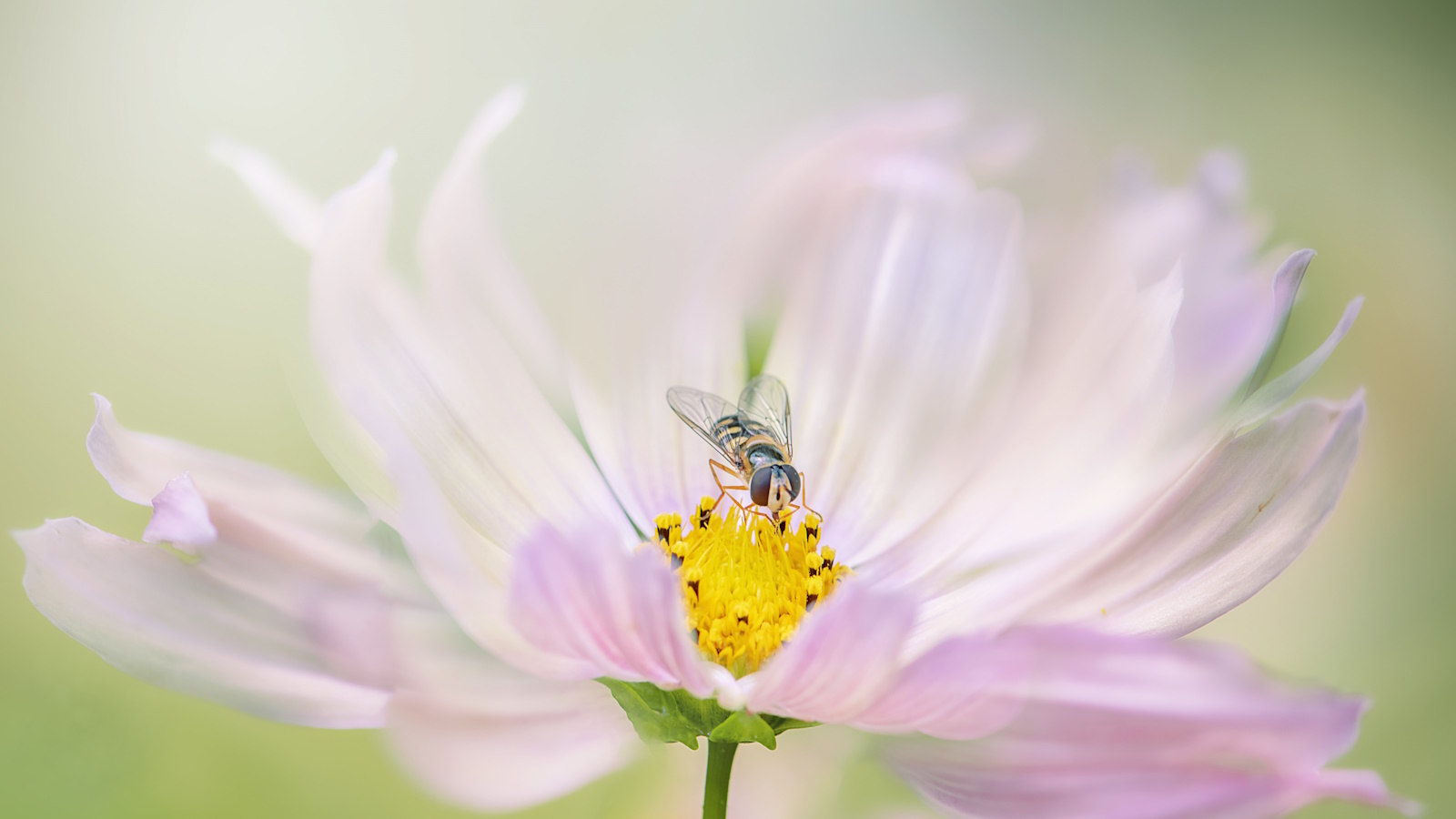 How to help hoverflies in your yard – discover the crucial role they play and 5 plants these underrated pollinators love
How to help hoverflies in your yard – discover the crucial role they play and 5 plants these underrated pollinators loveHoverflies are also an effective form of natural pest control
By Ciéra Cree
-
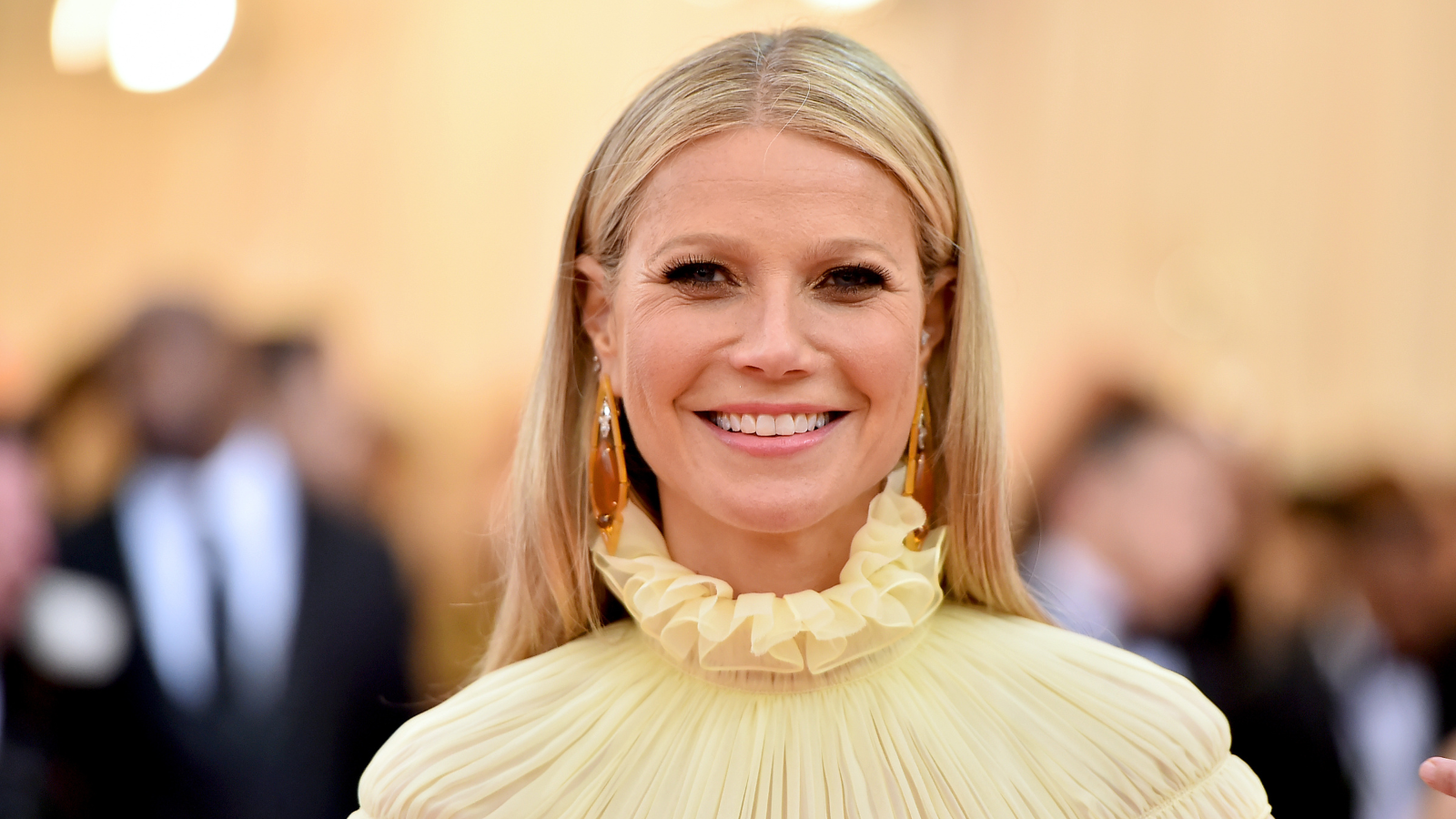 Gwyneth Paltrow uses LED lights to bring a gallery-like feeling to her kitchen cabinets – you can achieve the same, unique look for $24
Gwyneth Paltrow uses LED lights to bring a gallery-like feeling to her kitchen cabinets – you can achieve the same, unique look for $24Gwyneth's glass-front cabinets become more chic and accessible with their hidden lights, which create a subtle glow in the space
By Hannah Ziegler
-
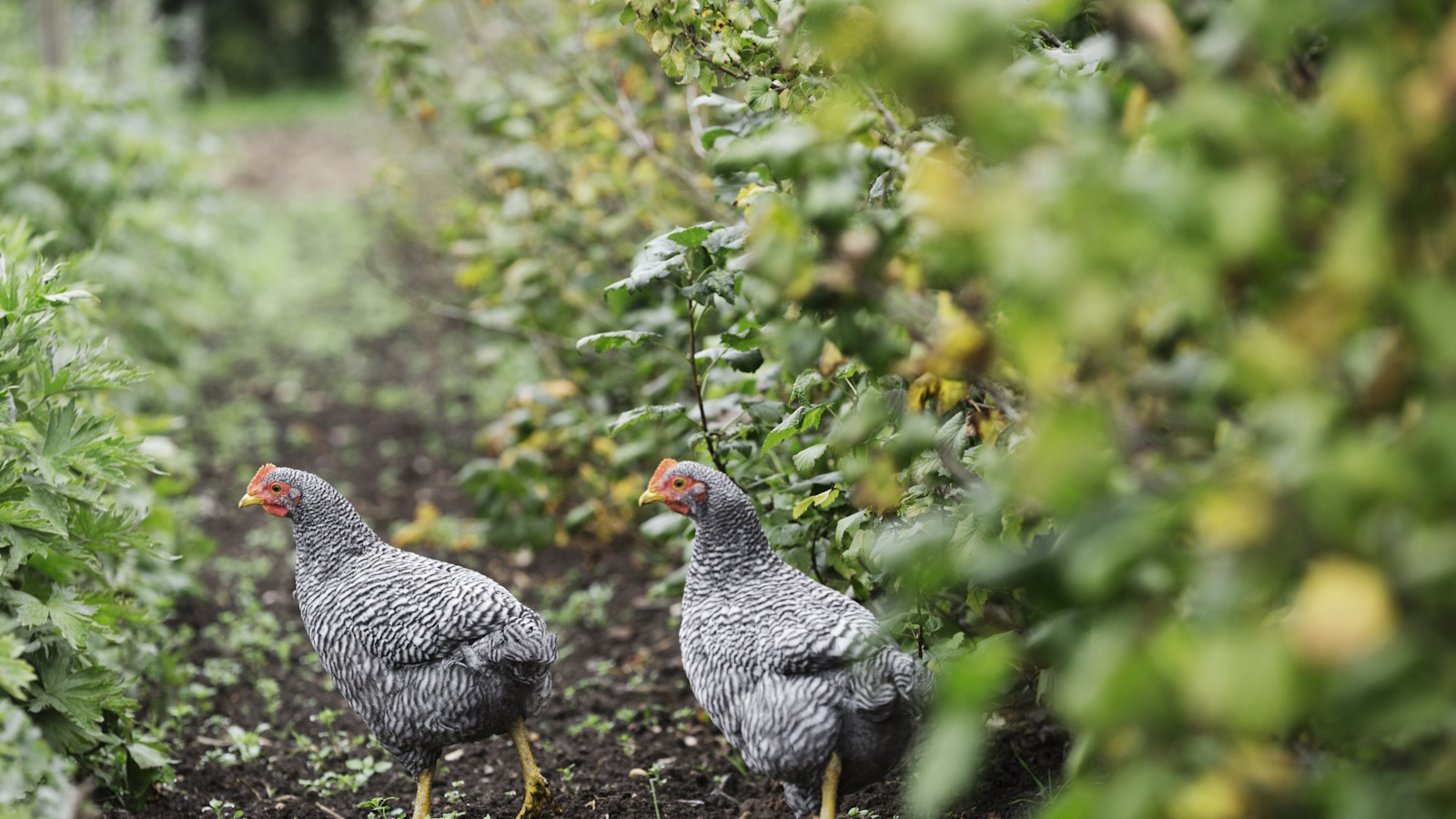 Best plants for a chicken run – 7 fragrant and floral plants for happy hens and beautiful coops
Best plants for a chicken run – 7 fragrant and floral plants for happy hens and beautiful coopsYour chicken run can be every bit as beautiful as your own garden, so long as you do your research first
By Kayleigh Dray
-
 7 of the fastest growing flowers to plant in spring for early summer blooms
7 of the fastest growing flowers to plant in spring for early summer bloomsSow these seeds now and be greeted with early summer color and repeat blooms in your yard
By Jacky Parker
-
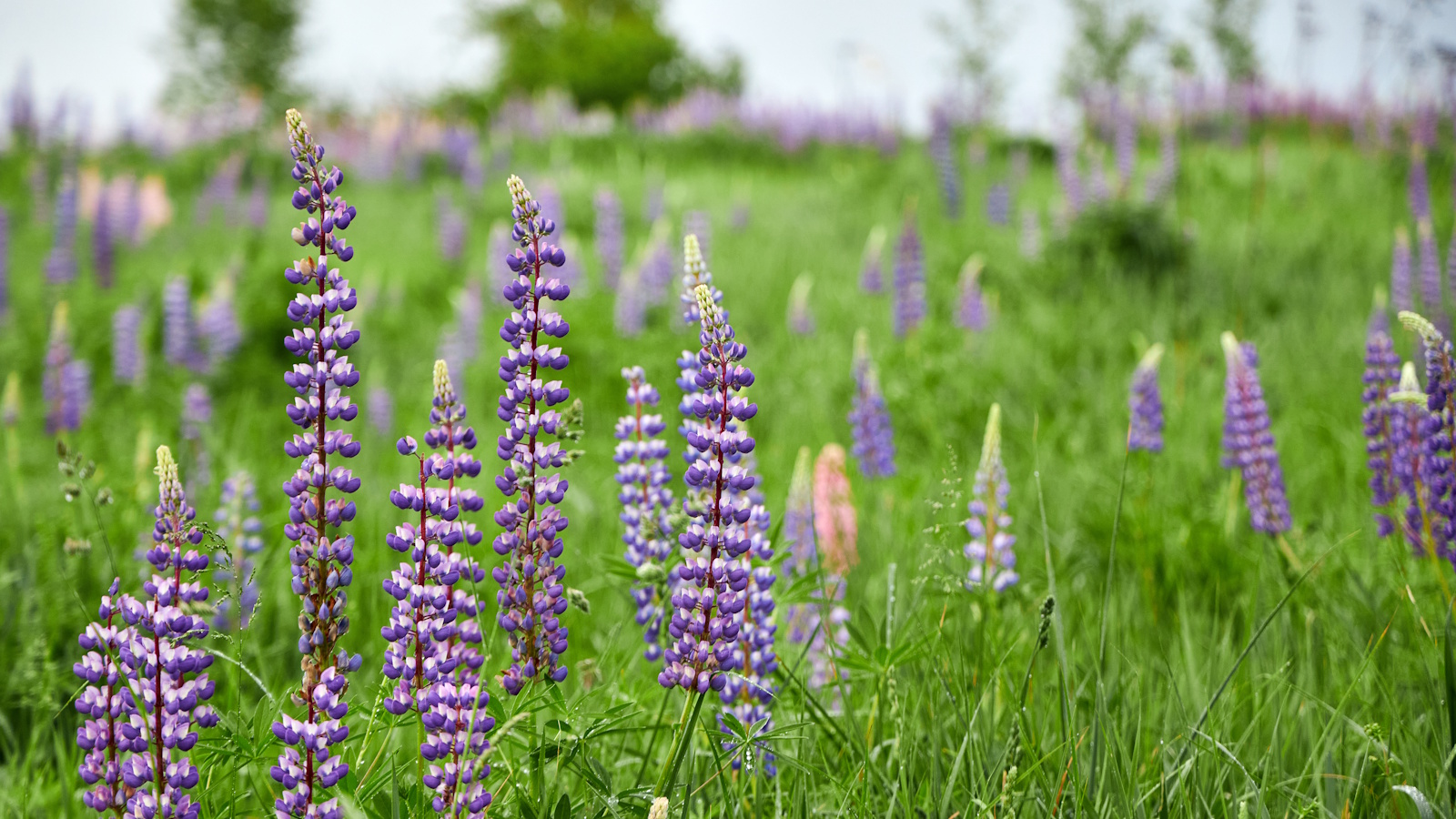 How to grow lupine – expert advice on growing this dramatic and vibrant cottage garden flower
How to grow lupine – expert advice on growing this dramatic and vibrant cottage garden flowerVibrantly colored flower stalks make swathes of lupines a sight to see in meadows and cut flower gardens alike
By Ellen Wells
-
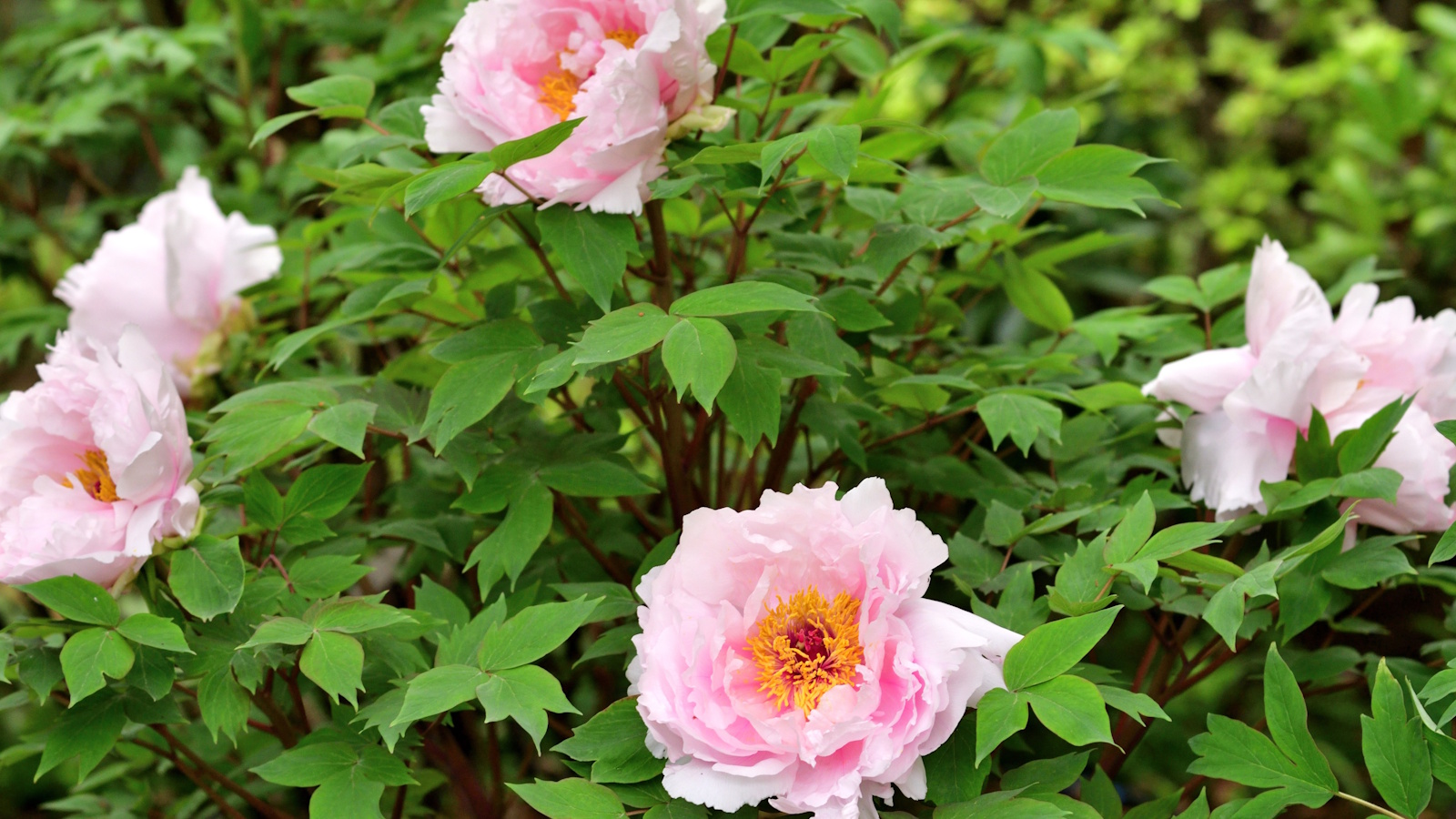 How to grow tree peonies in pots – for a show-stopping shrub that will thrive in partially shaded yards
How to grow tree peonies in pots – for a show-stopping shrub that will thrive in partially shaded yardsWith large, saucer-like blooms, tree peonies are the ultimate flowering shrub
By Thomas Rutter
-
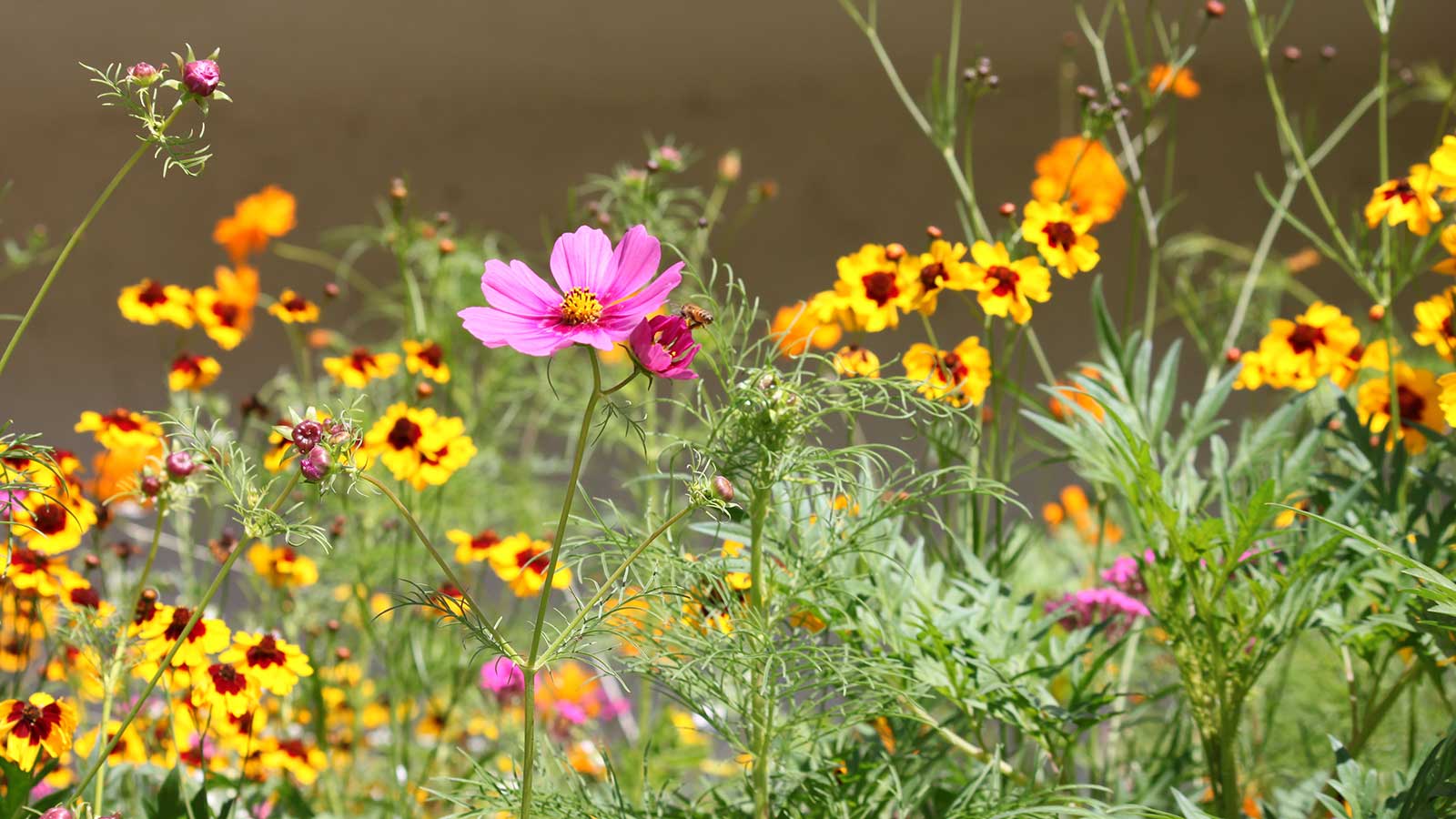 How to design a mini meadow in pots – and welcome birds, bees and butterflies to your urban wildlife garden this summer
How to design a mini meadow in pots – and welcome birds, bees and butterflies to your urban wildlife garden this summerExperts share advice on species recommendations, soil, and types of containers to use for meadow planting
By Holly Crossley
-
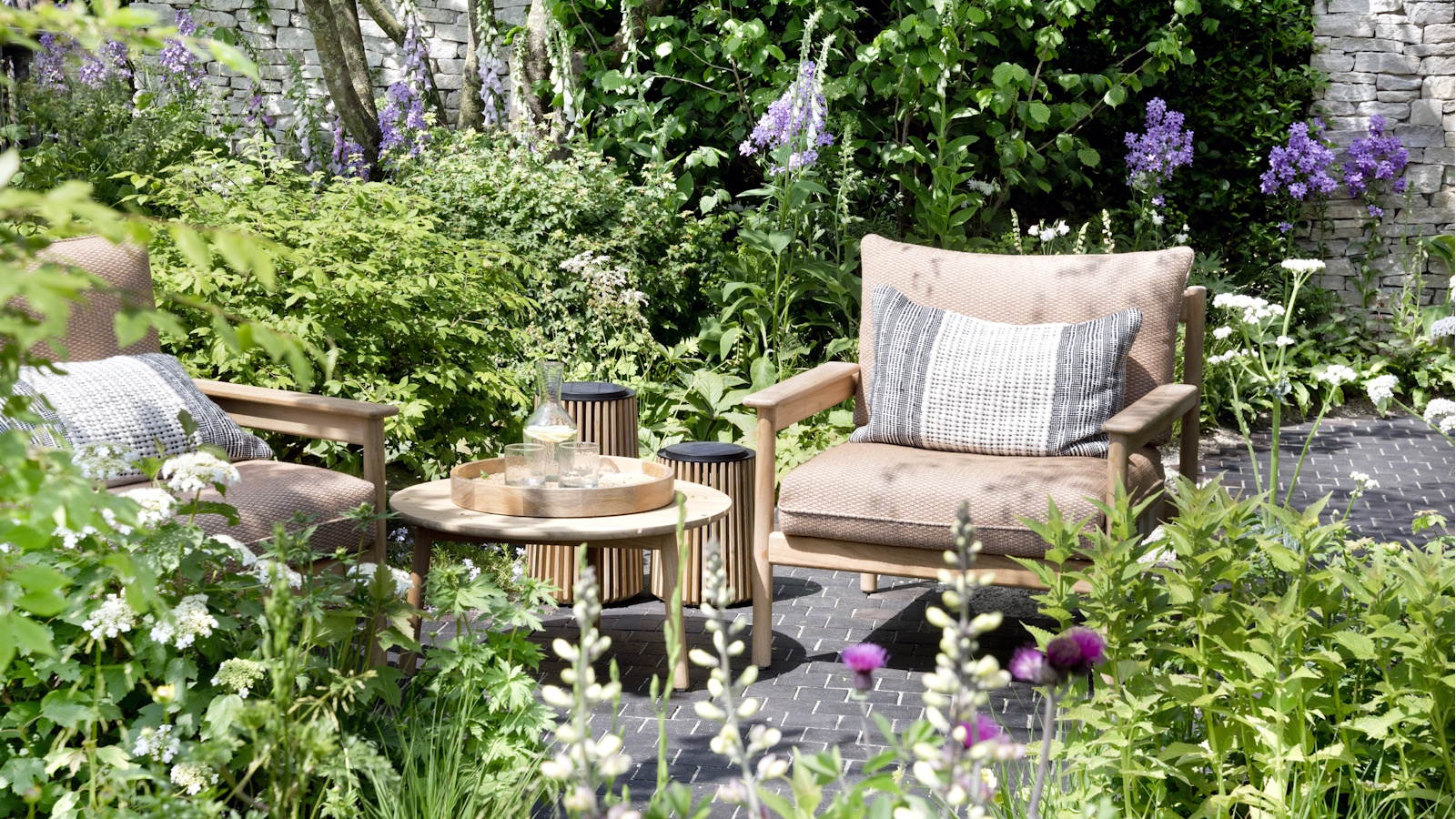 This $20 pop-up greenhouse from ALDI is perfect for small yards – it will turbocharge your tomato harvests this summer
This $20 pop-up greenhouse from ALDI is perfect for small yards – it will turbocharge your tomato harvests this summerEasy to use and compact to store, pop-up greenhouses are ideal for patio or balcony gardeners
By Thomas Rutter
-
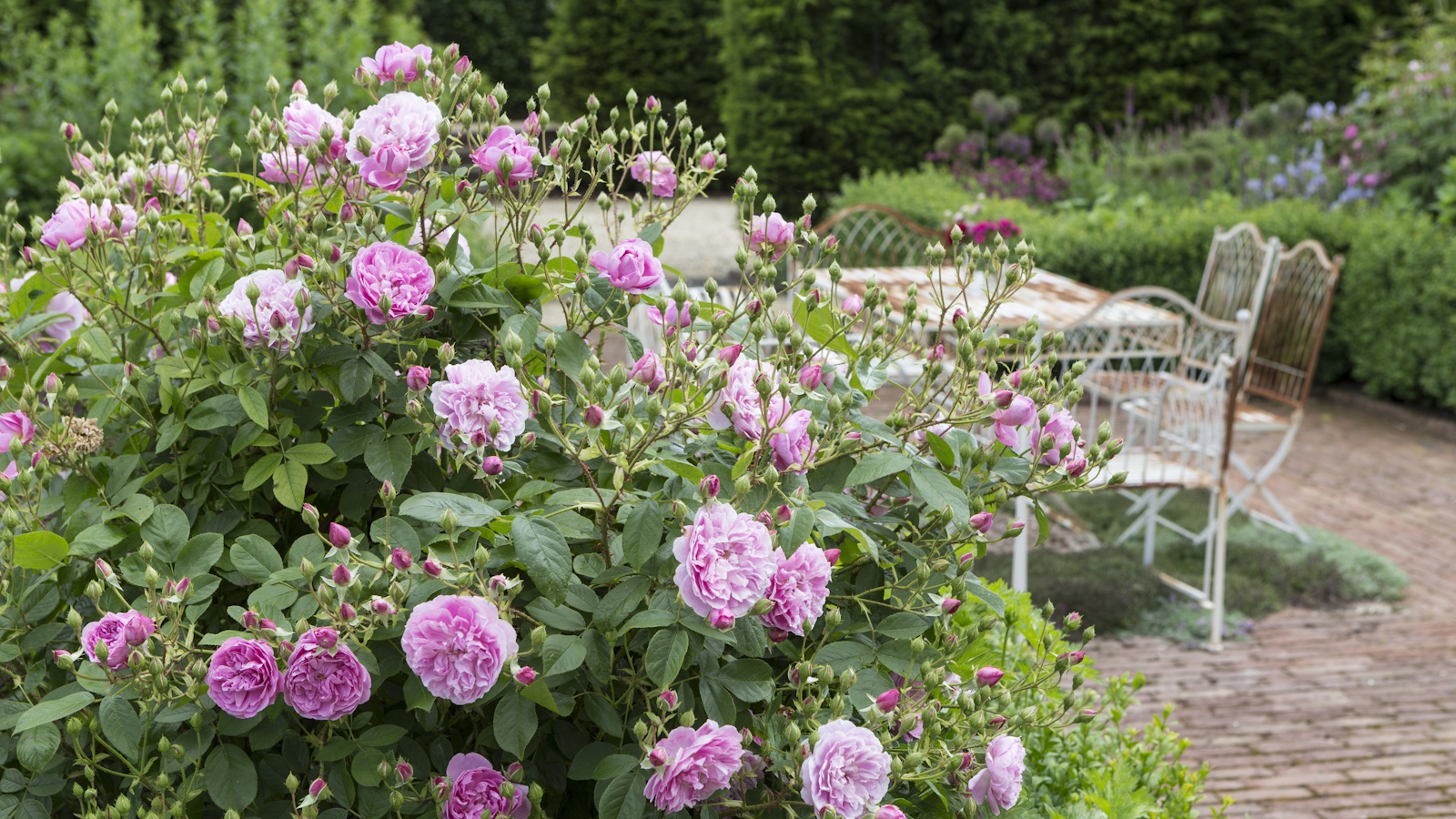 How to weed a garden quickly – professional gardeners reveal the five-minute weeding jobs to do now and get your yard summer-ready
How to weed a garden quickly – professional gardeners reveal the five-minute weeding jobs to do now and get your yard summer-readyShort on time? These time-efficient tasks will keep on top of problem plants
By Thomas Rutter
-
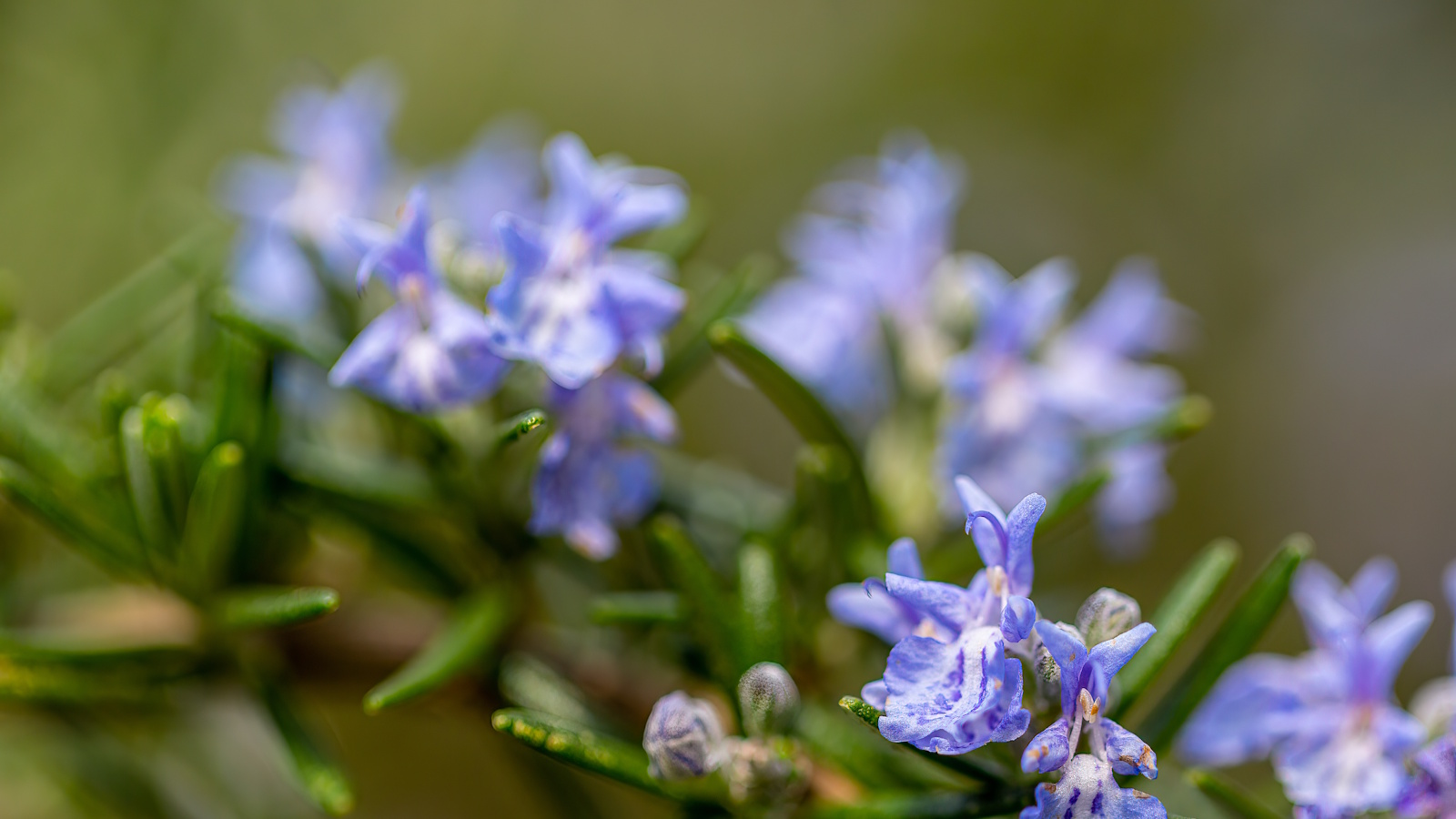 Can you revive woody rosemary plants? Expert pruning advice from a professional gardener to save old, leggy herbs
Can you revive woody rosemary plants? Expert pruning advice from a professional gardener to save old, leggy herbsWith the right pruning approach, old and woody rosemary plants can be brought back to life
By Thomas Rutter
